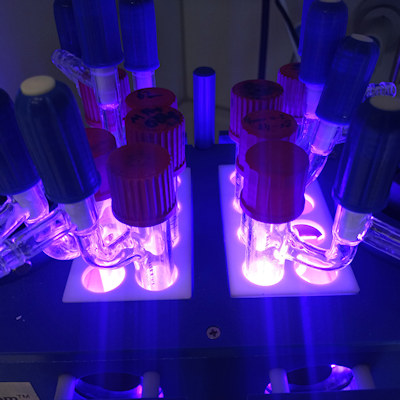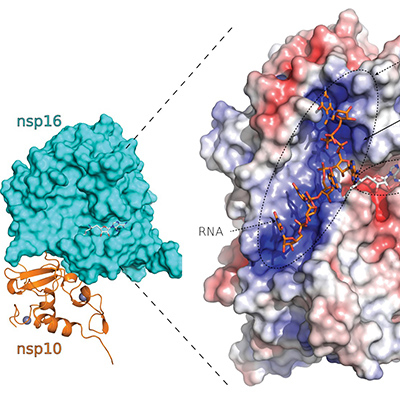August 15, 2022 -- Princeton University scientists have halved the number of steps needed to synthesize pleurotin, setting the stage for work to realize the anticancer and antibiotic potential of the molecule.
Researchers discovered pleurotin in 1947 and synthesized the molecule in 1988. However, the synthesis process featured 26 steps, complicating the task of making structural alterations to overcome limitations of the molecule that prevent its use as a therapeutic.
The Princeton laboratory of Erik Sorensen, PhD, professor of organic chemistry in the department of chemistry, began working on a shorter synthesis process in 2008 but suffered a series of setbacks. Now, third-year graduate student John Hoskin and Sorensen have published details of how they finally made a breakthrough in the Journal of the American Chemical Society.
"We tried a lot of different strategies and finally what ended up working was this inversion step to go from this cis-hydrindane to trans-hydrindane. That's the key insight," Hoskin, lead author of the paper, said in an August 12 statement. "By utilizing functionality inherent in the molecule -- this oxygen -- we could, as if we were using a microscopic pair of tweezers, pluck off this hydrogen and flip that carbon to get the needed trans-hydrindane."
The process uses the Diels-Alder reaction and the flipping from cis-hydrindane to trans-hydrindane to reduce the number of synthesis steps by 13 compared to the 26-step process published in 1988. The new process synthesizes a known pentacyclic intermediate toward pleurotin in eight steps, versus 21 under the original process, and then intersects with the 1988 method for the final five steps.
Hoskin sees the shorter synthesis process facilitating work to improve pleurotin's drug-like properties. Pleurotin is derived from the fungus Pleurotus griseus and has characteristics, such as poor solubility in water, that have held back attempts to use it as a therapeutic. Researchers may be able to improve the characteristics by altering the structure of the molecule but need ground-up synthesis to do so.
The shorter synthesis route could facilitate the structural changes, enabling researchers to generate a set of pleurotin analogs with improved drug-like properties. In doing so, Hoskin and Sorensen's work could support work to realize the therapeutic potential of a molecule that was identified as a possible cancer treatment because of its inhibition of the thioredoxin-thioredoxin reductase system.
Through the mechanism, pleurotin may inhibit the transcription of cancer-related genes that mediate cellular adaptations to hypoxia, angiogenesis, and glucose transport and metabolism. Attempts to build on the findings were previously stymied by the lack of available pleurotin but the Princeton team is now working on compounds that would be inaccessible by structural modifications of the naturally occurring molecule.
Copyright © 2022 scienceboard.net









